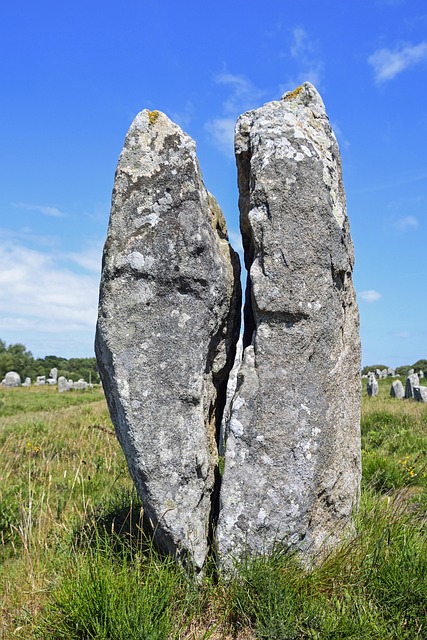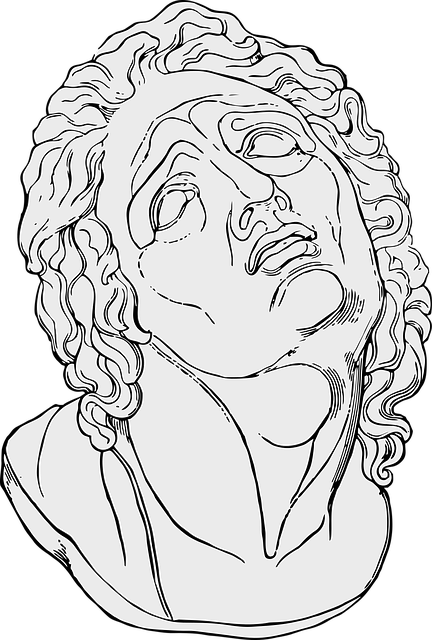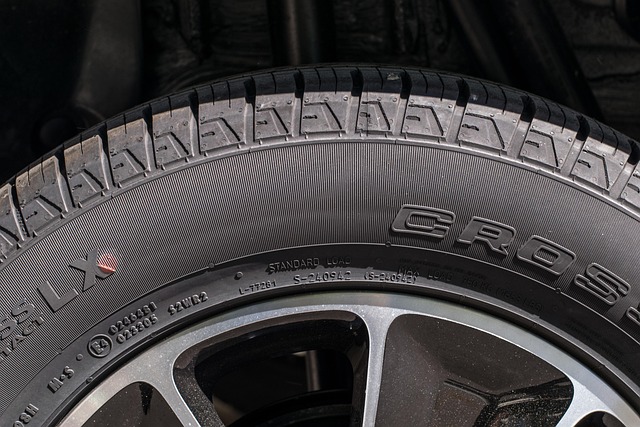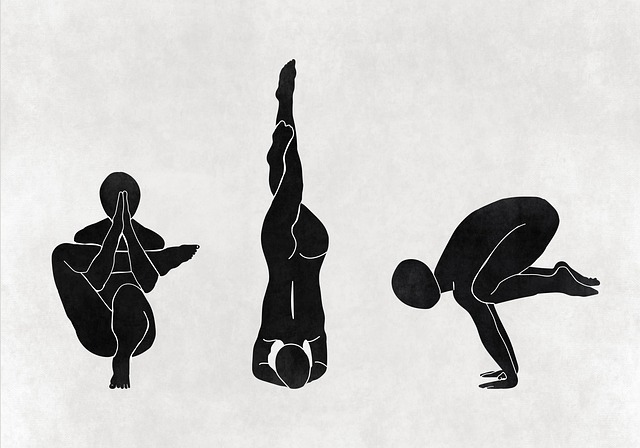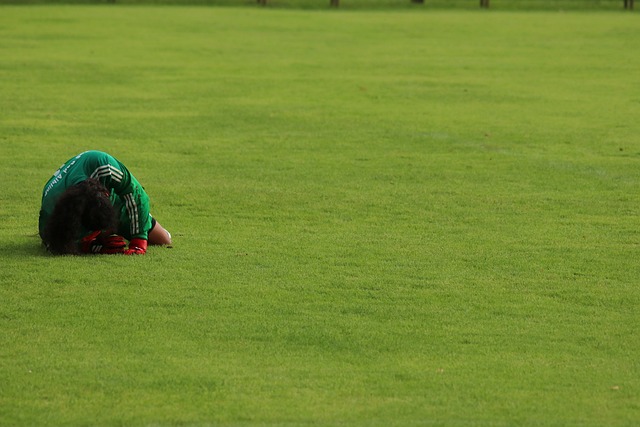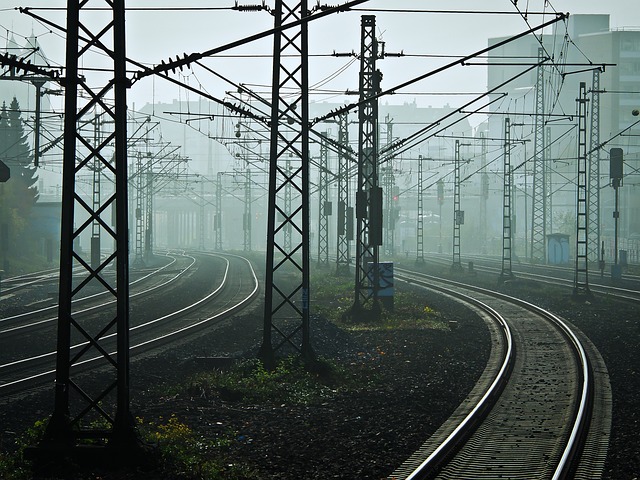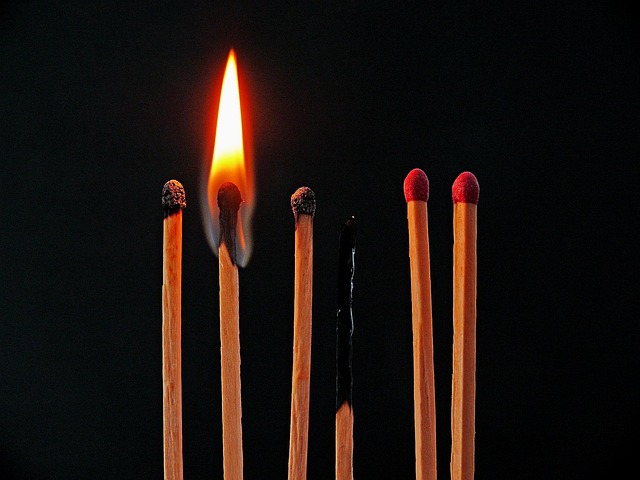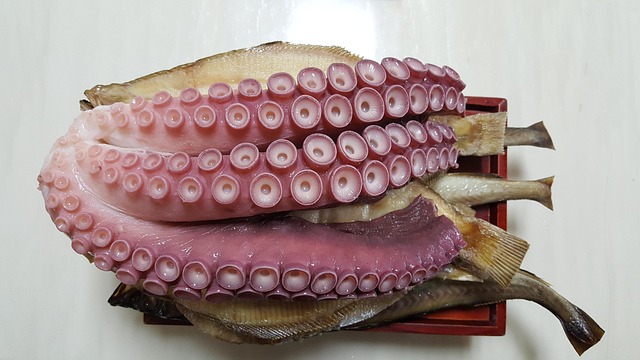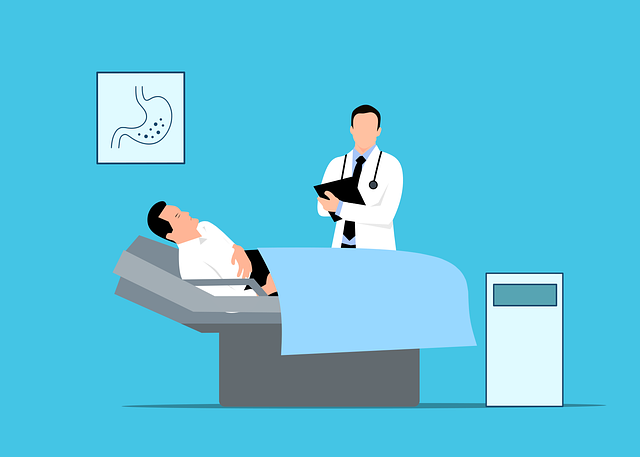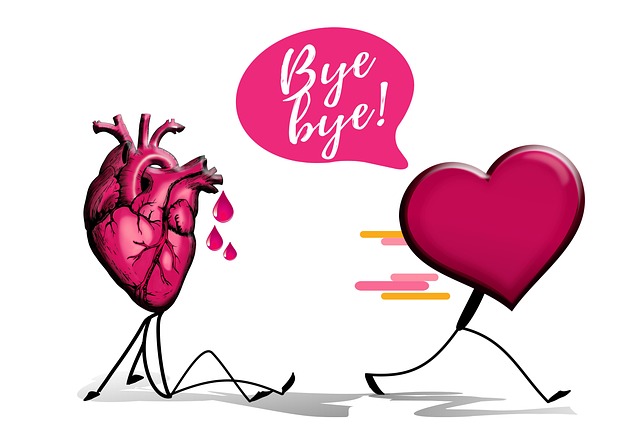Muscle knots and tension in the upper back, often caused by everyday stressors or acute injuries like car accidents, can severely impact mobility and quality of life. Chiropractic care offers a non-invasive solution using techniques such as manual adjustments, soft tissue therapy, and exercise recommendations to target affected areas. Chiropractors diagnose and treat musculoskeletal disorders, providing relief through spinal manipulation and soft tissue therapy for post-accident injuries like whiplash. A personalized treatment plan may include spine adjustments, joint manipulation, and exercises; regular follow-up sessions are crucial for monitoring progress.
Muscle knots and tension in the upper back can significantly impact daily life, often resulting from post-accident injuries. This article delves into effective solutions through chiropractic care, a natural approach to managing such pain. We explore how chiropractors address muscle knots and provide relief for those suffering from upper back strain post-accidents. From understanding the root causes to what to expect during treatment sessions, this guide offers insights into regaining comfort and mobility with chiropractic care.
- Understanding Muscle Knots and Tension in the Upper Back
- The Role of Chiropractic Care in Treating Post-Accident Upper Back Pain
- What to Expect During and After Chiropractic Sessions for Muscle Knots
Understanding Muscle Knots and Tension in the Upper Back

Muscle knots and tension in the upper back are common issues, often stemming from everyday stressors or acute injuries like car accidents. These knots can manifest as persistent discomfort, sharp pains, or a combination of both, significantly impacting mobility and quality of life. Chiropractic care offers a non-invasive approach to managing and alleviating upper back pain related to muscle knots and tension caused by accidents.
Chiropractors use a variety of techniques, including manual adjustments, soft tissue therapy, and exercise recommendations, to target the affected areas. By addressing the underlying causes of muscle knots, such as misaligned vertebrae or tight musculature, chiropractic care can provide significant relief. This holistic treatment not only helps reduce pain but also promotes healing and improves overall spinal health.
The Role of Chiropractic Care in Treating Post-Accident Upper Back Pain

After a car accident, many individuals experience acute or chronic upper back pain. Chiropractic care plays a crucial role in managing and alleviating this type of post-accident injury. Chiropractors are trained to diagnose and treat musculoskeletal disorders, including those resulting from vehicular collisions. They employ various non-invasive techniques such as spinal manipulation, soft tissue therapy, and exercise recommendations to reduce muscle knots and tension associated with whiplash or other traumatic events.
Through specialized adjustments, chiropractors can correct misalignments in the spine caused by accidents, which may be compressing nerves and leading to pain referrals. This holistic approach addresses not only the symptoms but also aims to restore the body’s natural range of motion and promote healing. Additionally, regular chiropractic care post-accident can help prevent long-term issues from developing and ensure better overall posture and mobility.
What to Expect During and After Chiropractic Sessions for Muscle Knots

During your initial chiropractic session for muscle knots and tension, especially after an accident-related upper back pain, expect a thorough assessment. The chiropractor will perform a series of manual tests and ask detailed questions about your symptoms, injury history, and lifestyle to understand the root cause. This may involve range-of-motion tests, palpation (hand examination), and possibly imaging studies like X-rays or MRI scans. You’ll likely feel some discomfort during these assessments, but chiropractors are trained to work within your tolerance levels.
After the initial evaluation, your chiropractor will develop a personalized treatment plan. Typical sessions involve adjustments to the spine, joints, and soft tissues, often using precise force applied manually or through specialized tools. They may also incorporate other techniques like heat/ice therapy, electrical stimulation, or stretching exercises. It’s common to experience some soreness after treatments as your body adjusts, but this should subside within a few days. Regular follow-up sessions are crucial to monitor progress and ensure the effectiveness of chiropractic care for upper back pain from accidents.
Chiropractic care has proven to be an effective treatment option for those experiencing muscle knots and tension in the upper back, especially after accidents. By addressing the underlying causes of pain and discomfort, chiropractors can provide significant relief. The gentle adjustments and specialized techniques employed during sessions target specific areas of tension, promoting healing and improving overall mobility. With consistent care, individuals can expect to regain comfort and strength in their upper backs, enabling them to move freely and live active lives again. This natural approach to recovery is a game-changer for those seeking a non-invasive solution to post-accident upper back pain.


